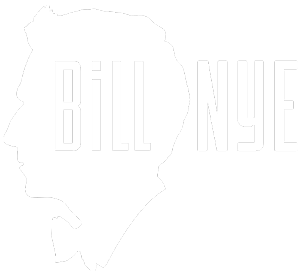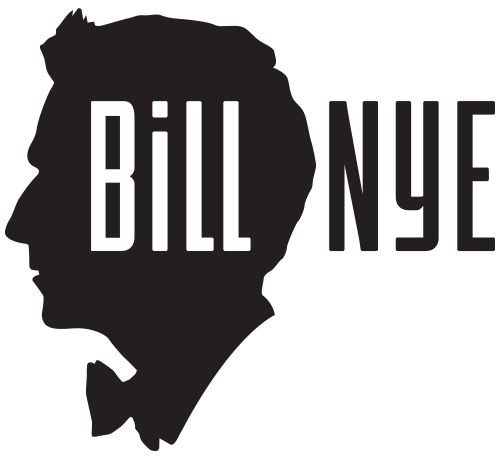Motion
Bill gets things rolling and then puts on the brakes to demonstrate how things can’t move or stop moving by themselves.
Everything needs a push or pull, a force, to make it move or stop. Motion requires force, because as we say in the song, Inertia is a property of matter. Inertia is the tendency for any moving object to keep moving and any object at rest to remain at rest. A skateboard sits there unless you move it. A bicycle doesn’t stop unless you squeeze the brakes. Magicians have been using inertia for a long time. Pulling a tablecloth off a table and leaving the china and silverware intact works because the dishes, forks, and spoons have inertia. They have a tendency to stay right where they are. Yanking the tablecloth applies a force only to the cloth. The tug doesn’t apply the force directly to the table settings, so they stay put.
Things can appear to be moving, when they really aren’t. Sometimes an object might seem to be at rest, even when it is in motion. It’s all relative. Relative motion, that is. How things appear to move depends on how you, or any observer, happens to be moving. So, if you’re on a bus looking out a window into another bus, and your bus begins to back up slowly, you may think the other bus is moving forward, when really it’s not moving at all. That’s motion in motion. It happens all around us all the time.
So get moving watch the Motion episode.
The Big Ideas
- Things don't move unless they get pushed or pulled.
- Moving things keep moving unless something slows them down.
- The way things appear to move depends on the movement of the observer.
Did You Know That?
- Asteroids in space don’t have weight, but they still have inertia?
- Movers use air bearings to reduce friction? They can push a 200-kilogram refrigerator around with their pinky fingers.
Books of Science!
- Experiments with Motionby Robert GardnerEnslow Publishers, 1995
- Force and Motionby Peter LaffertyDorling Kindersley, 1992.


